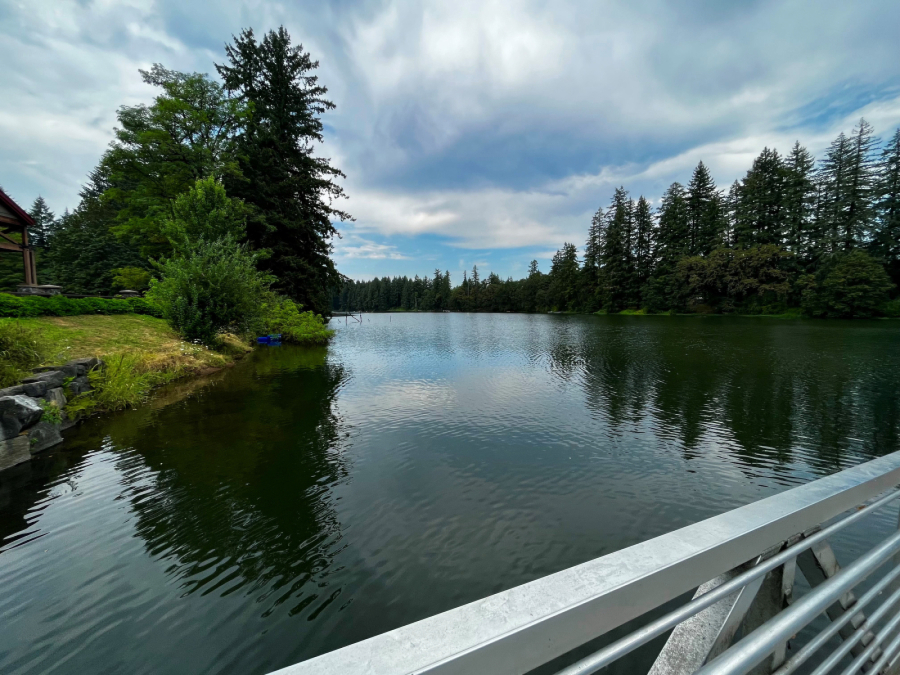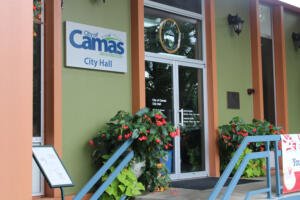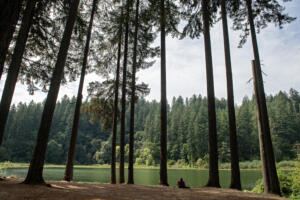The small group of dedicated Lacamas Watershed Council volunteers heads to Lacamas Lake every Thursday, rain or shine.
They gather water samples near the shores of Camas’ “crown jewel,” and bring them home to inspect under a microscope. They check the water’s temperature. They check its pH balance and, most importantly, they test for the presence of harmful cyanobacteria — also known as blue-green algae — that can sicken humans and animals that come into contact with toxic algal blooms.
“The volunteers are committed to doing a good, thorough, accurate job,” Terry Waters, lead water-testing volunteer coordinator for the Lacamas Watershed Council, told members of the Camas City Council during the Council’s Nov. 21 workshop. “It’s a tedious, tedious job. They count each (cyanobacteria) on their slide to determine if it’s elevated or not.”
If Lacamas Lake or the nearby Round Lake have high enough levels of the toxic blue-green algae, the Lacamas Watershed Council volunteers will alert Clark County Public Health staff, who then conduct more extensive tests to determine if they should post a warning alerting the public to the danger lurking in the lake. The Lacamas Watershed Council volunteers also alert the National Oceanic and Atmospheric Administration (NOAA)’s phytoplankton monitoring network, a community-based volunteer network that monitors the nation’s waterways for phytoplankton (including cyanobacteria) that can cause harmful algal blooms.
Locally, the citizen-led nonprofit Lacamas Watershed Council, which includes five board members, 11 water-testing volunteers and around 100 people who have signed up to receive the group’s monthly newsletter, is dedicated to working with the city of Camas and other strategic partners to ensure the long-term health of not just Lacamas Lake but also the nearby Round and Fallen Leaf lakes.





